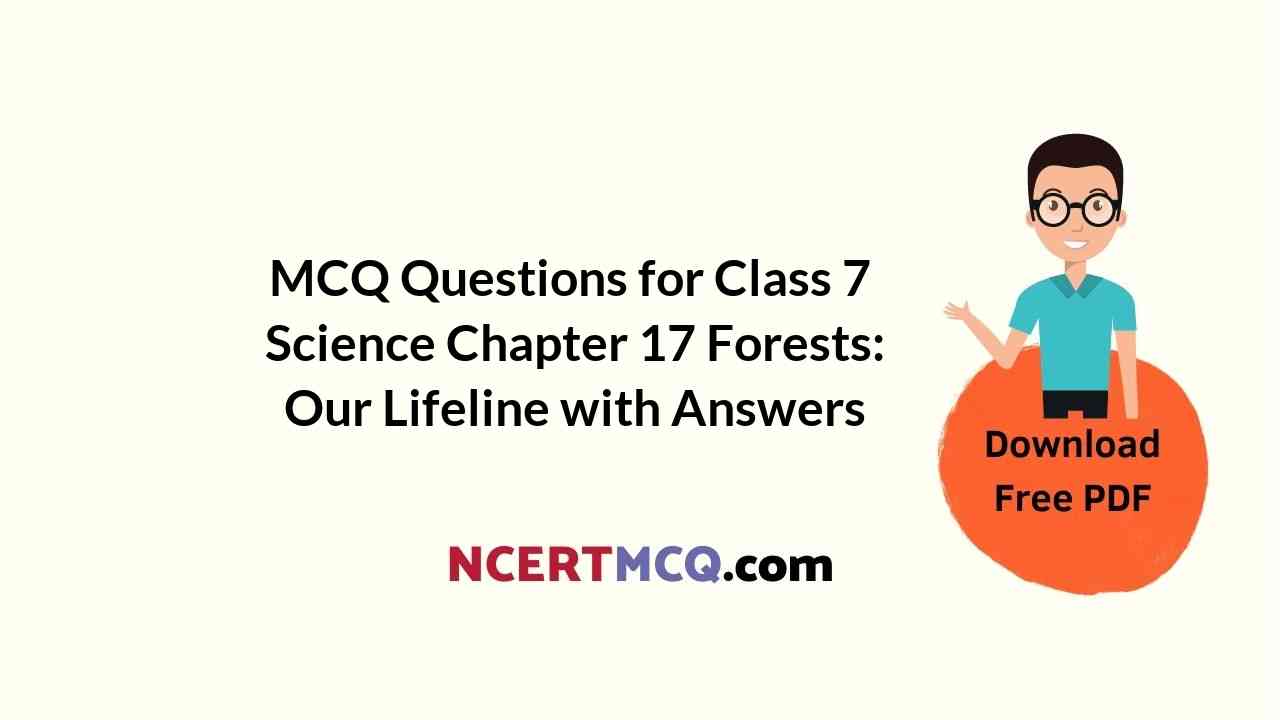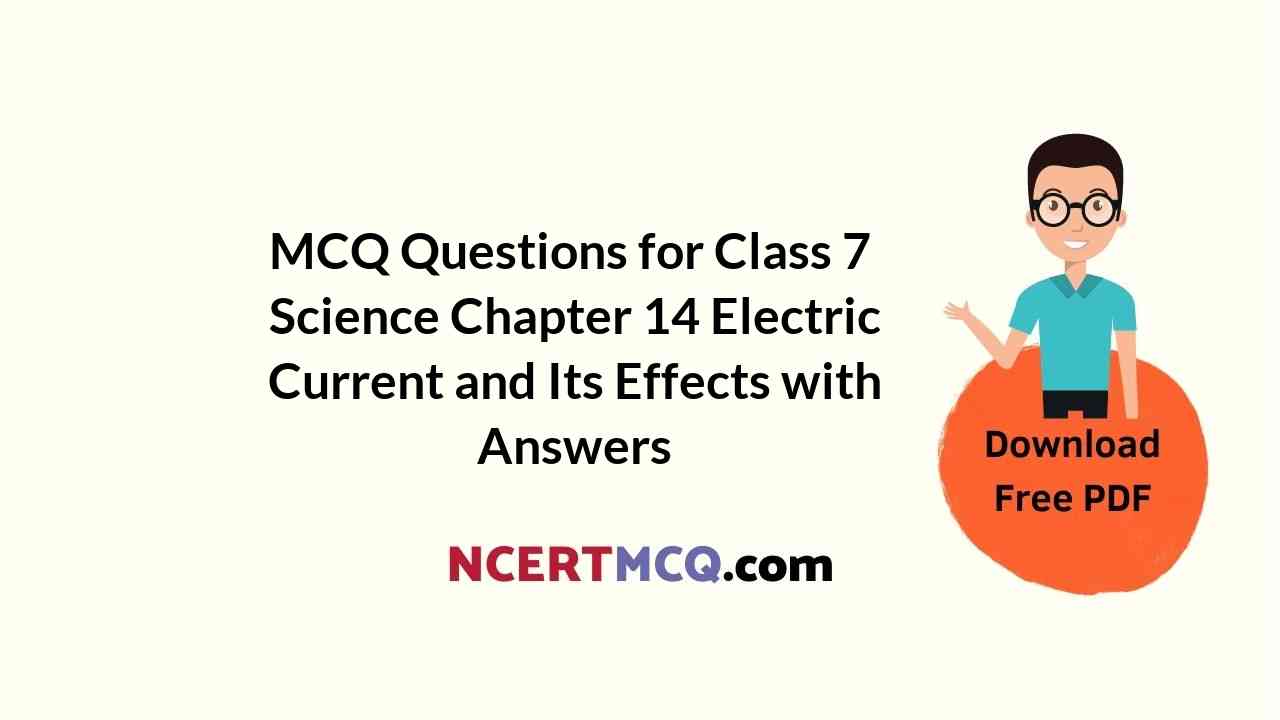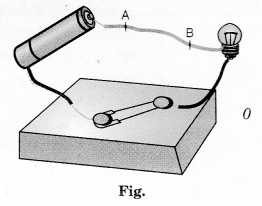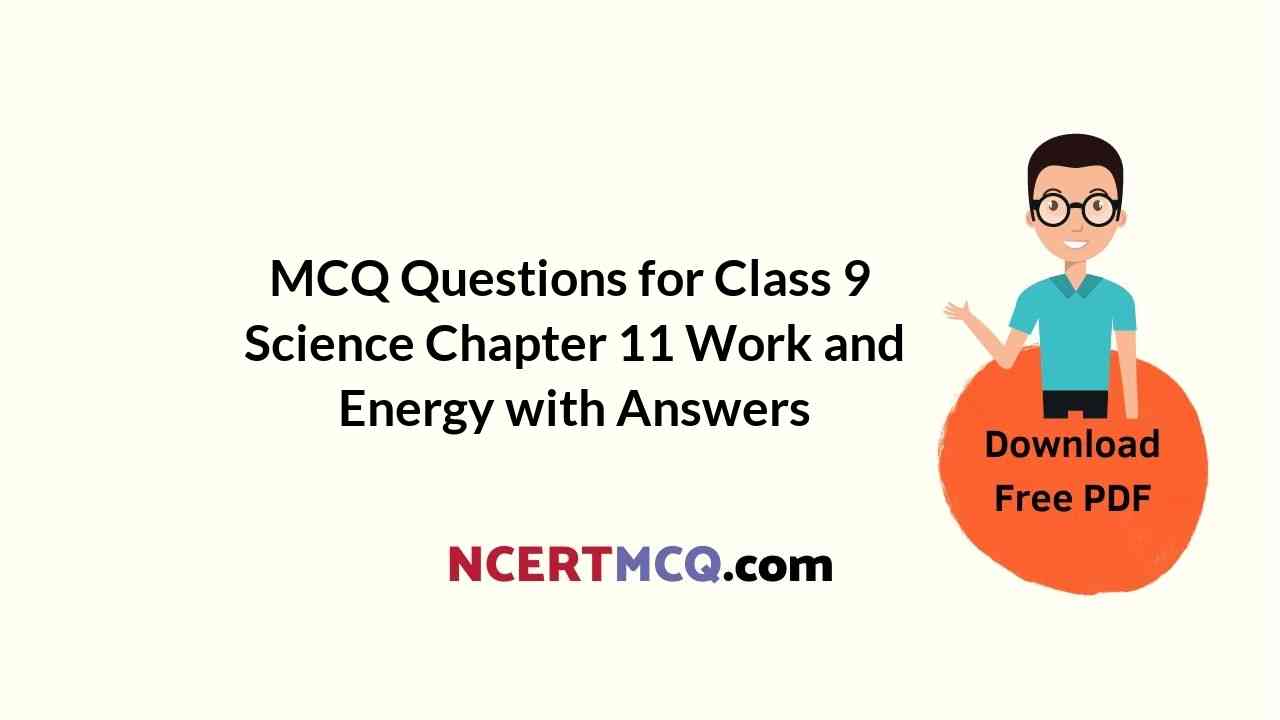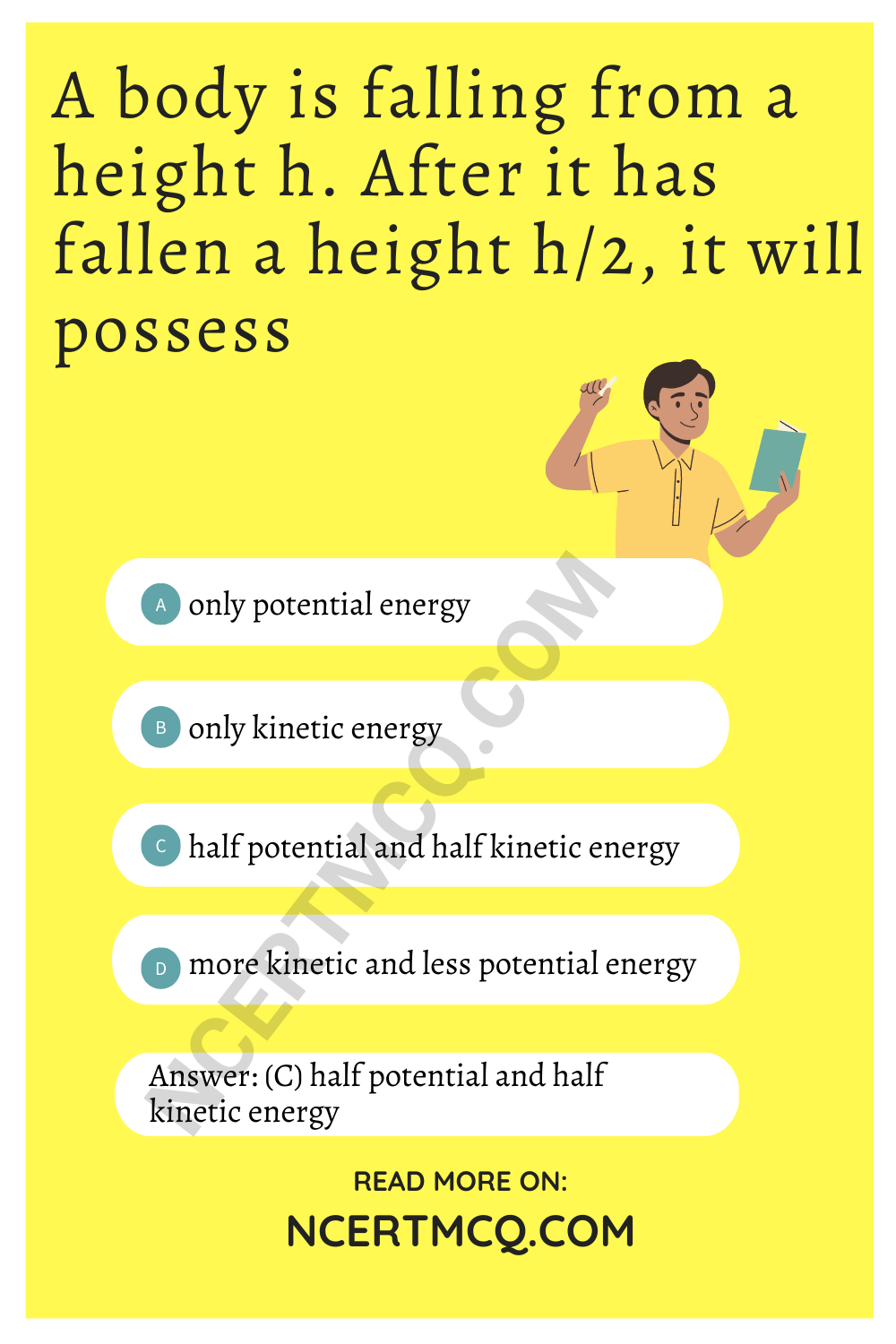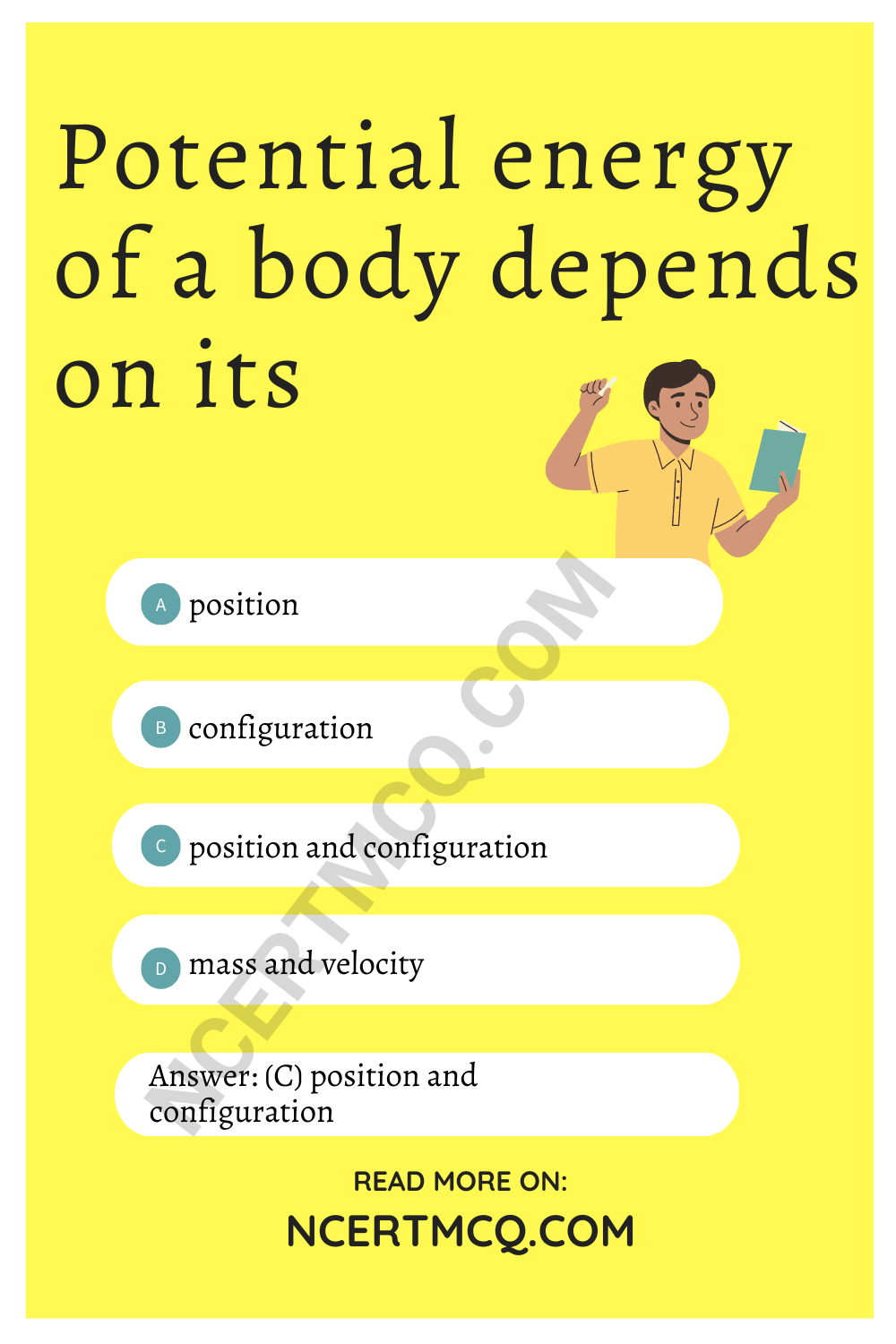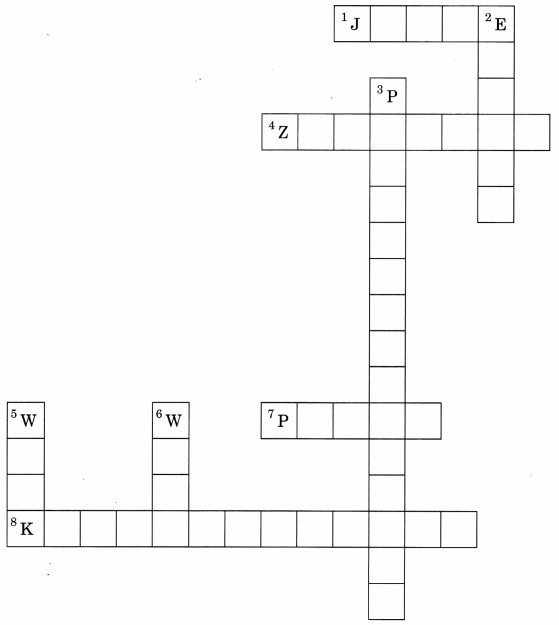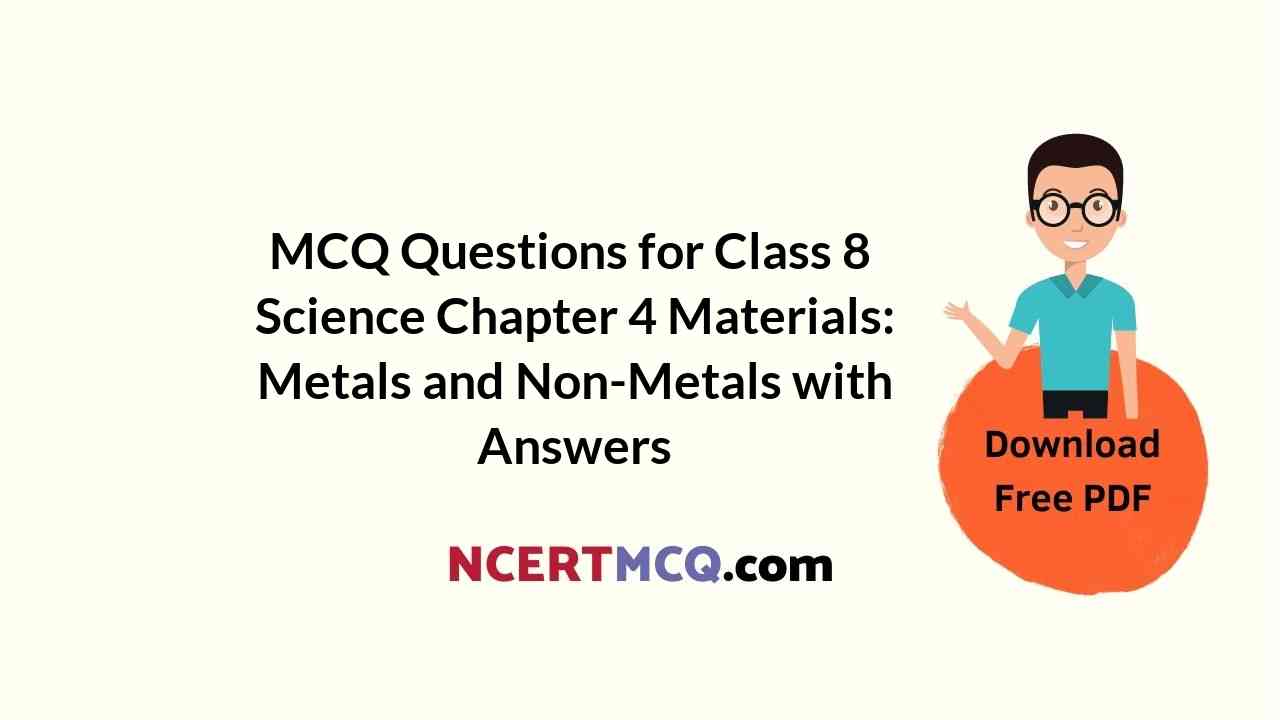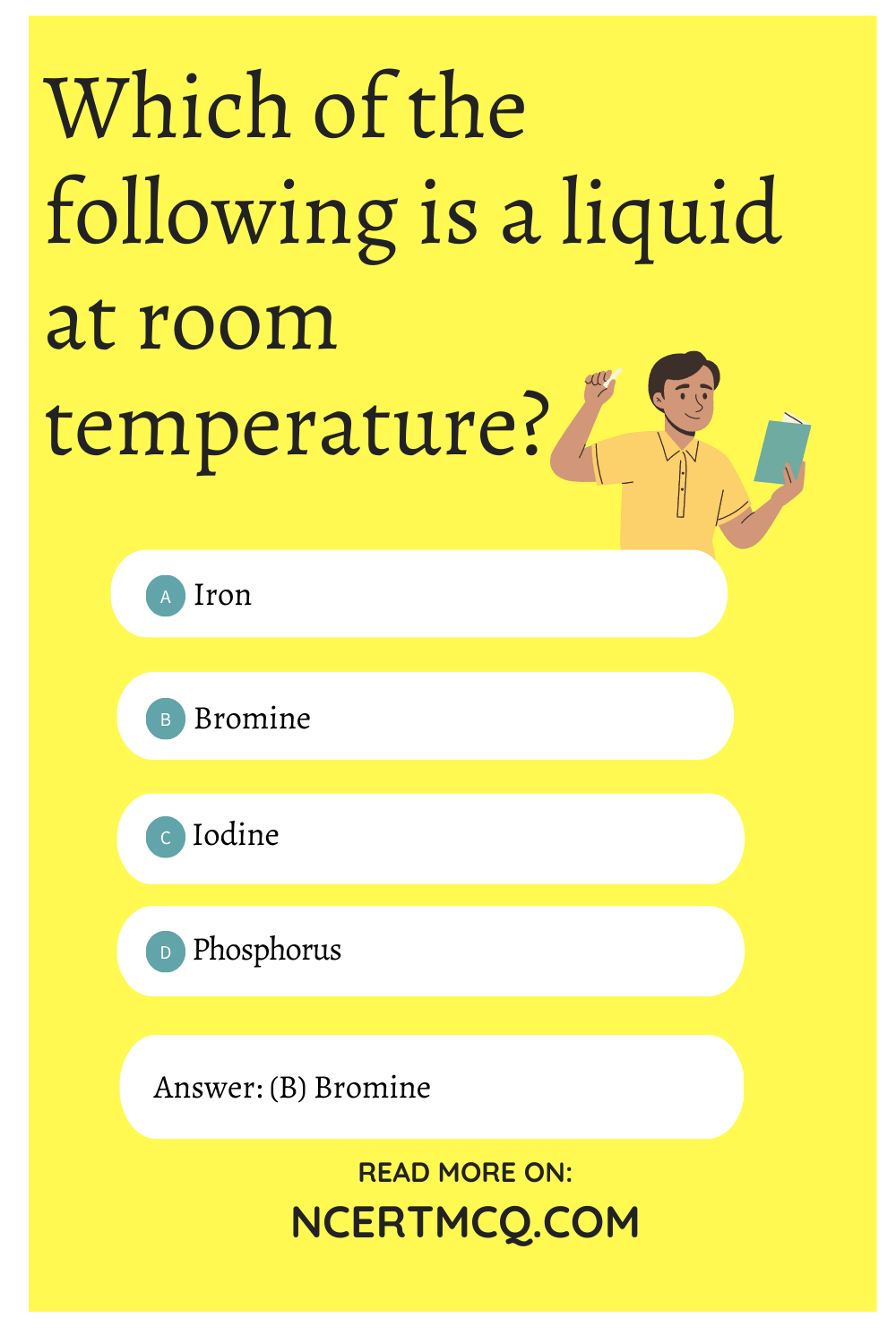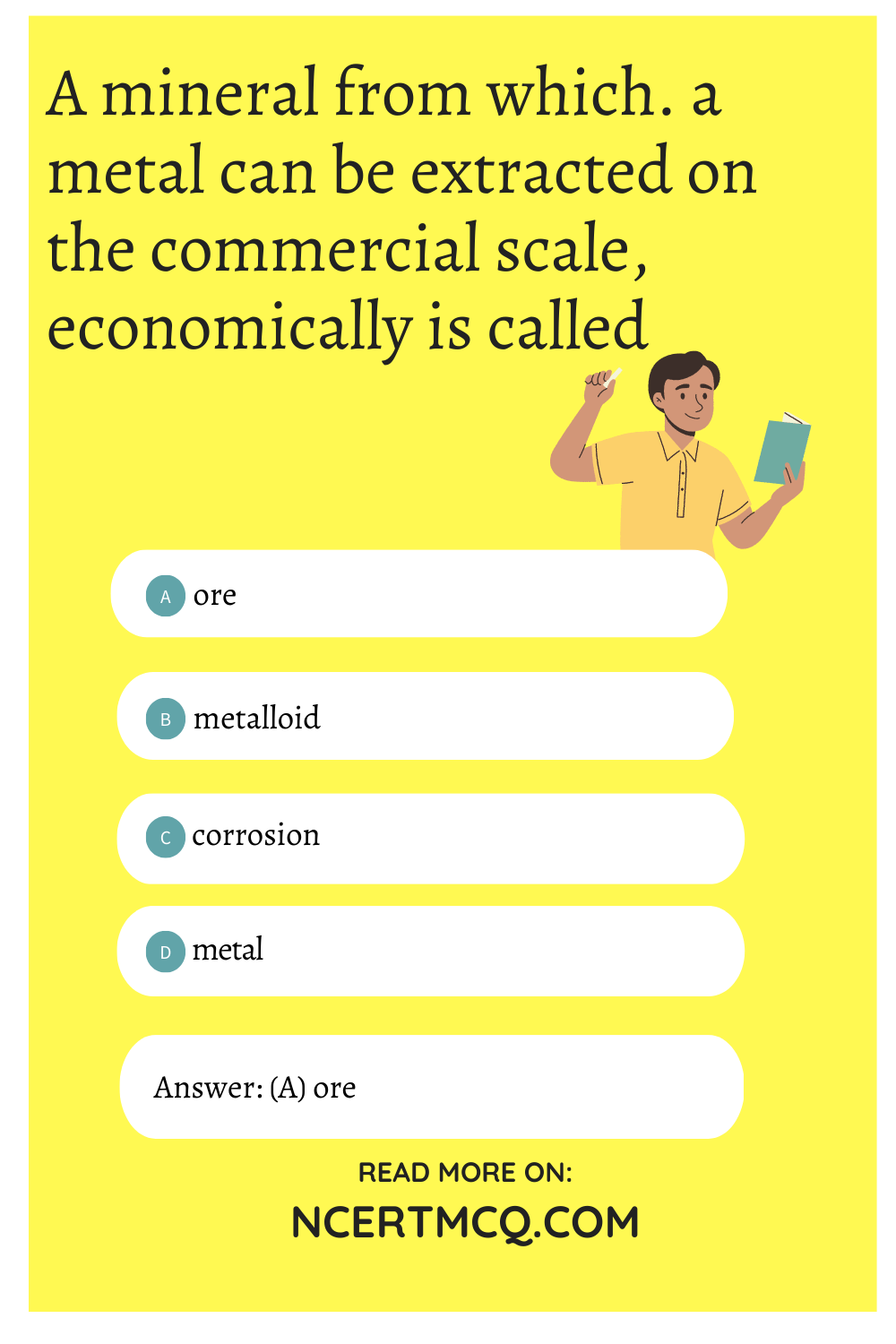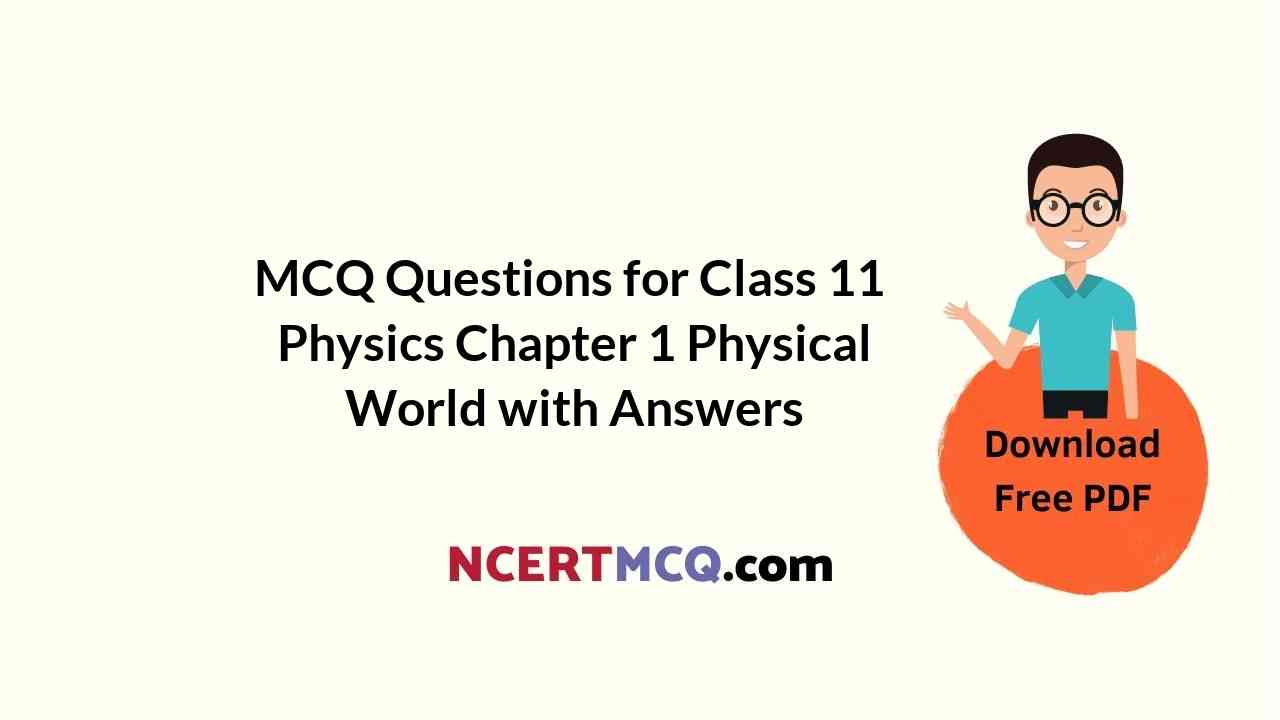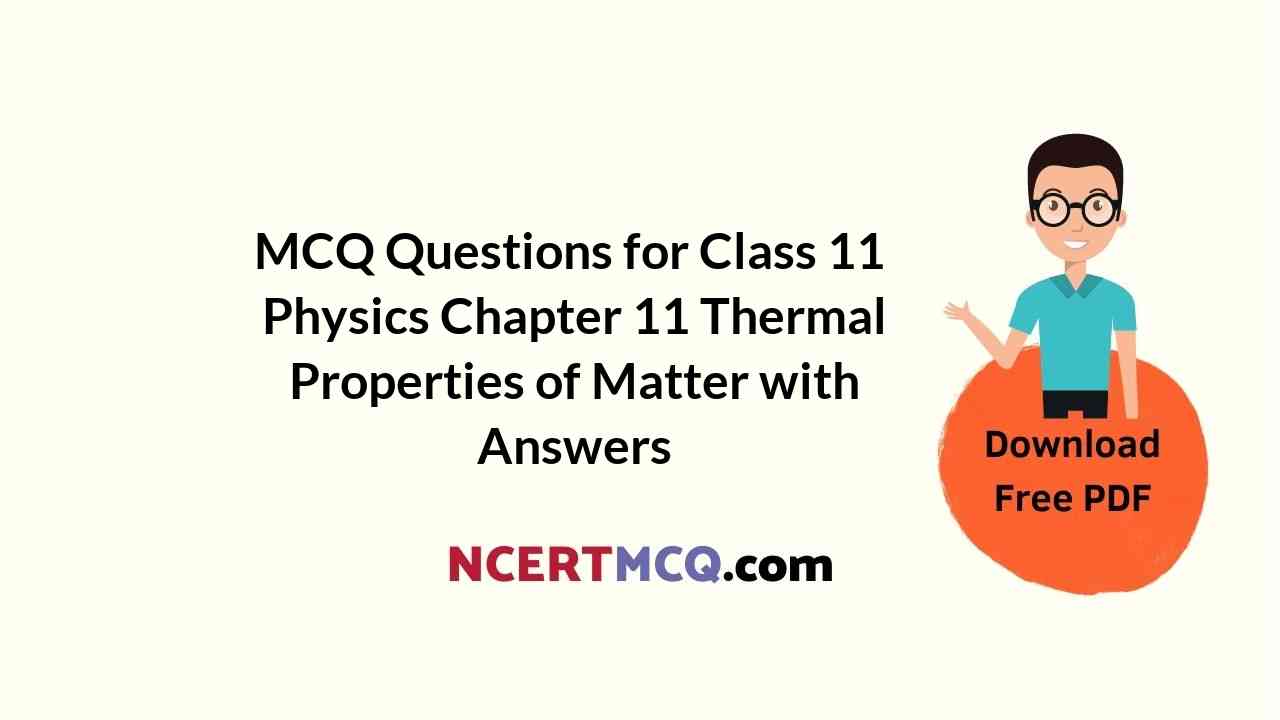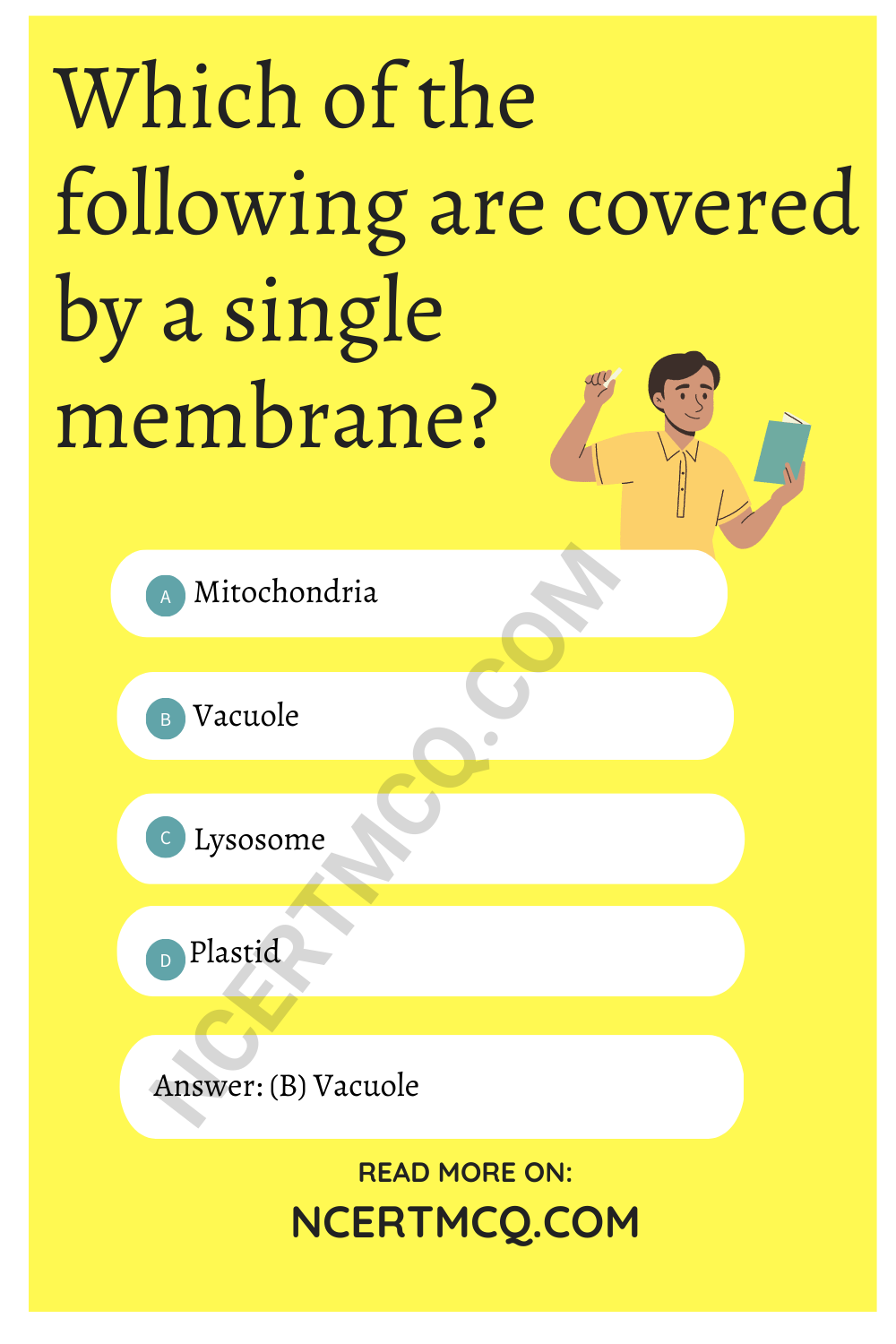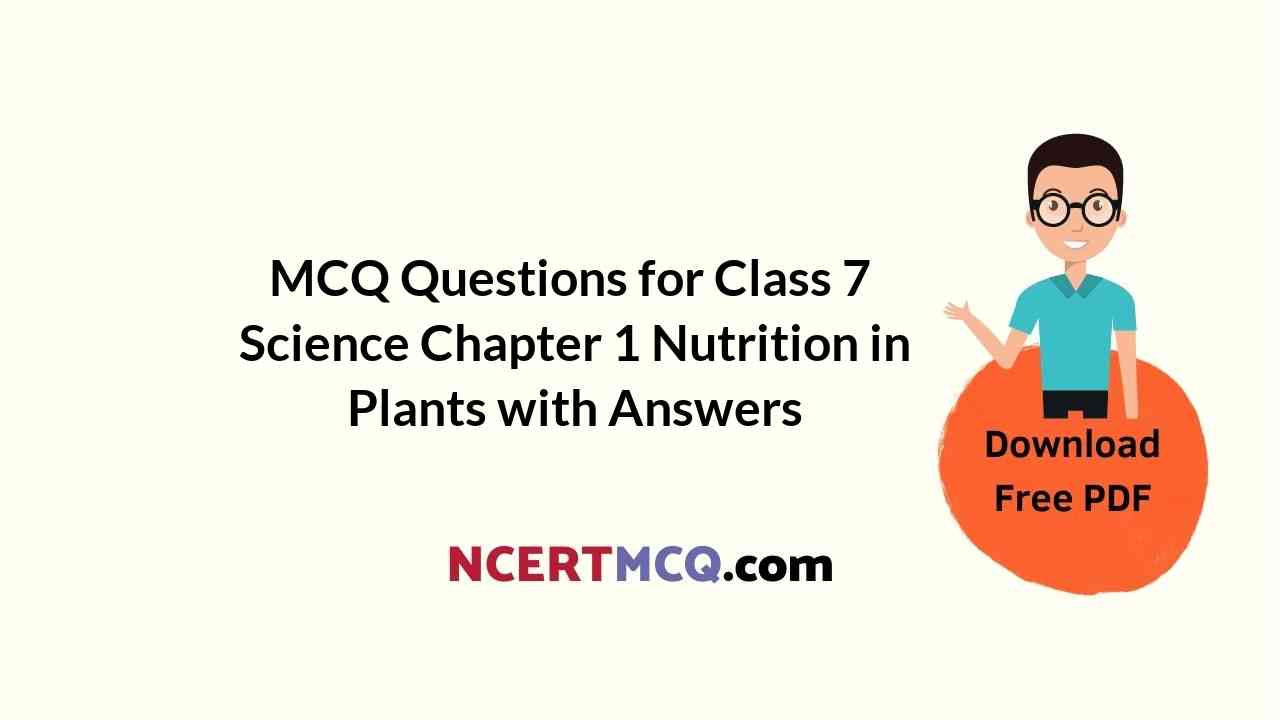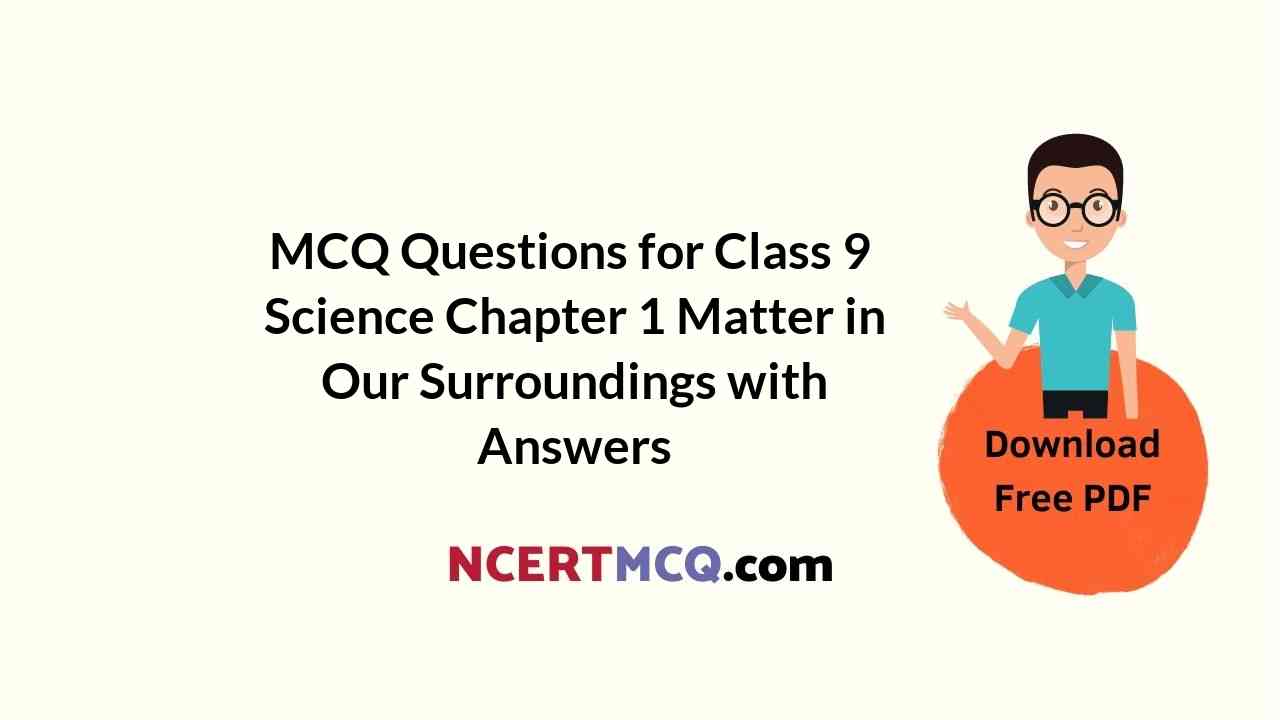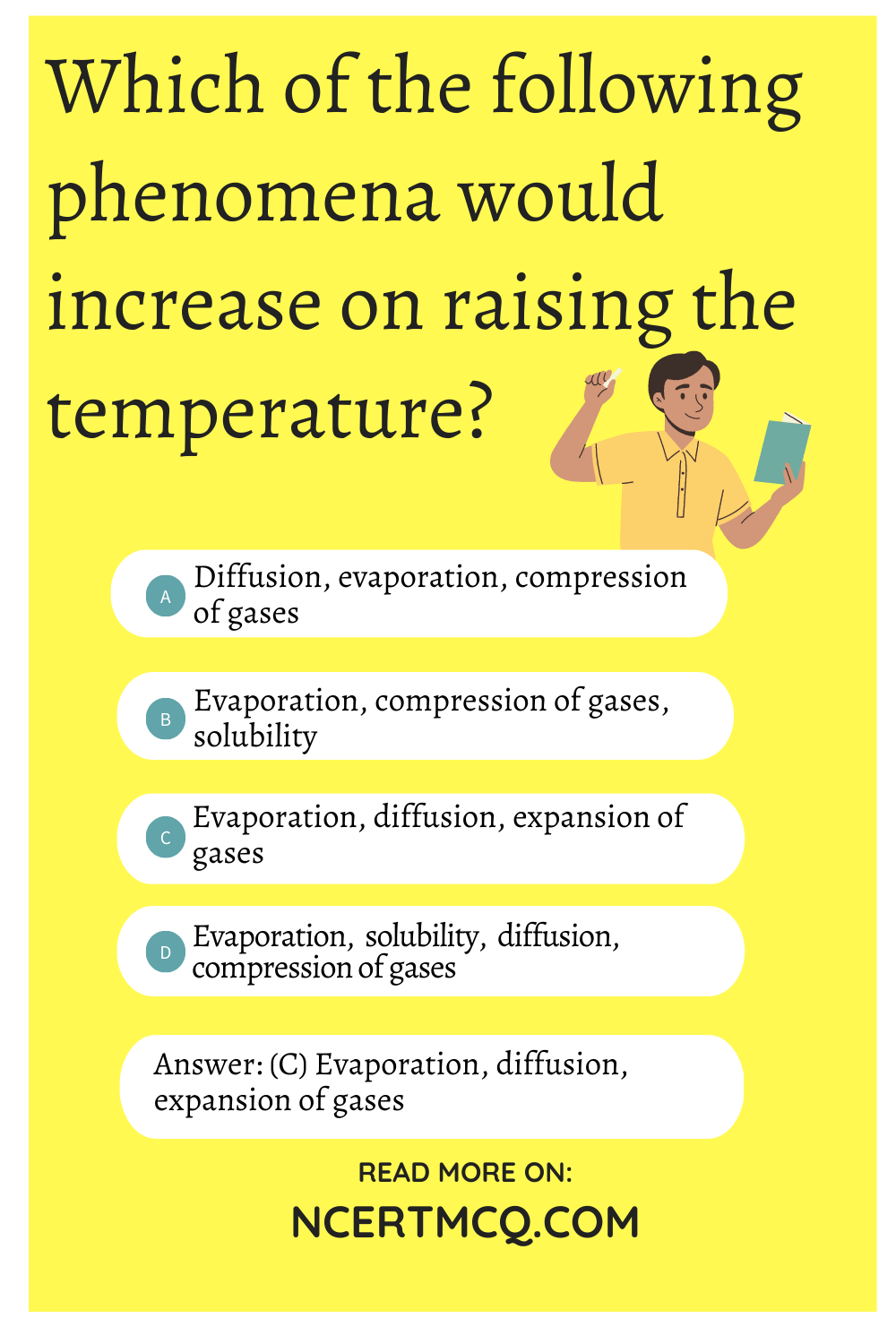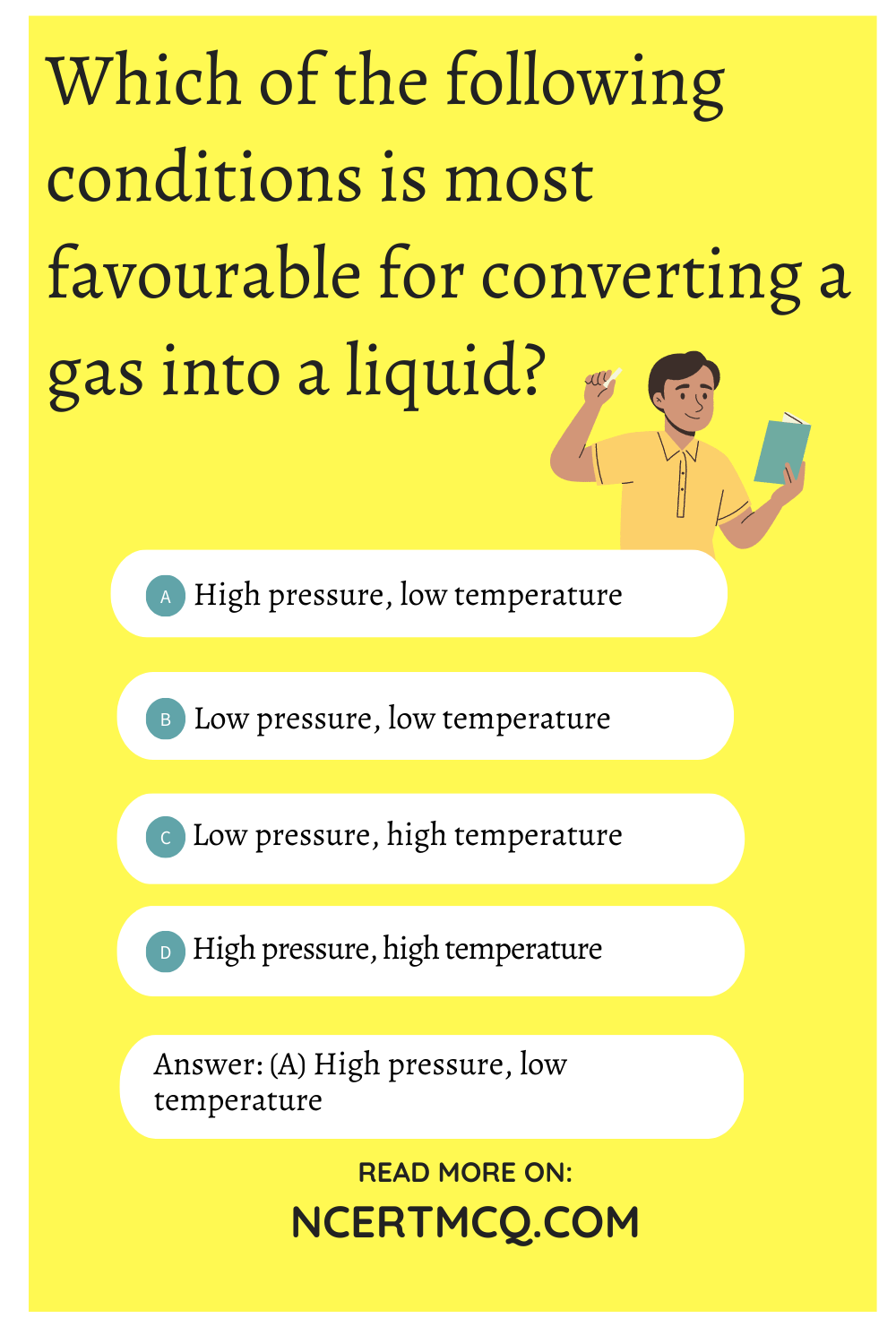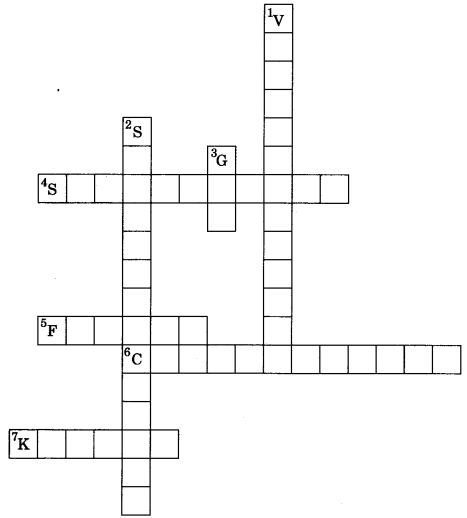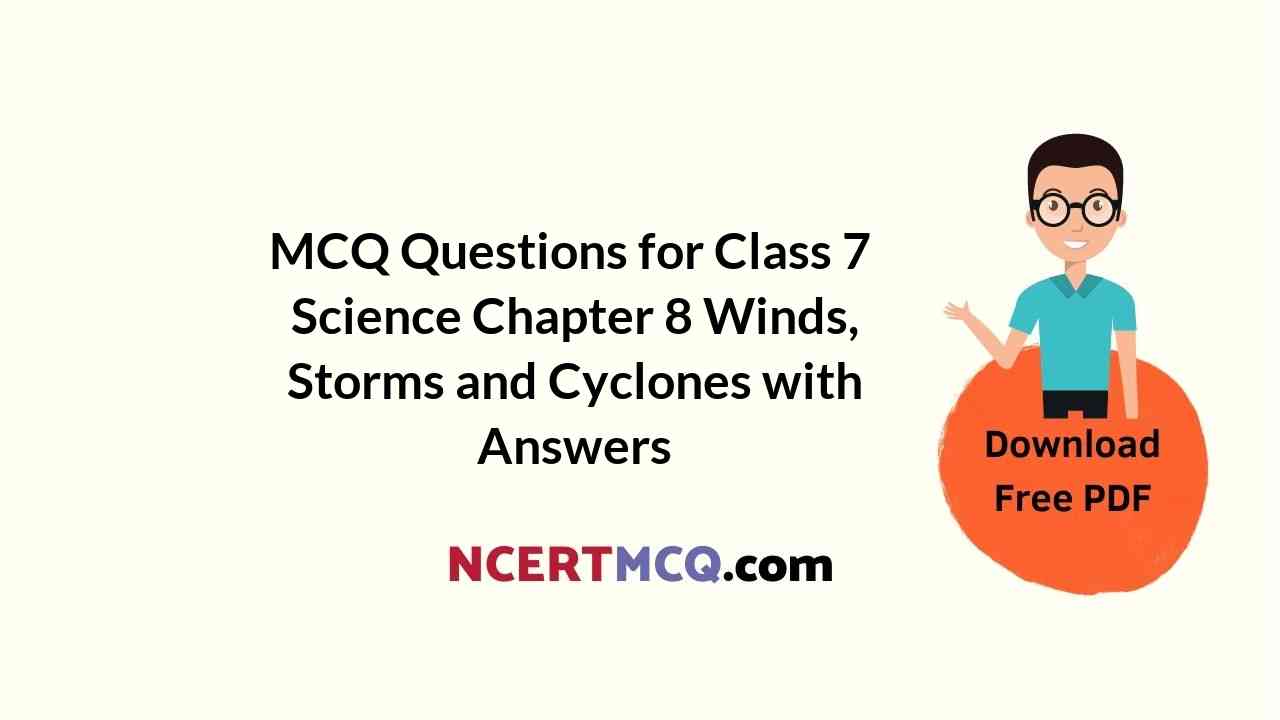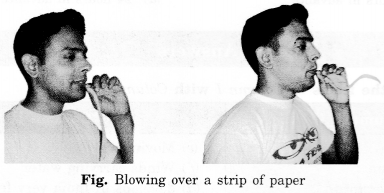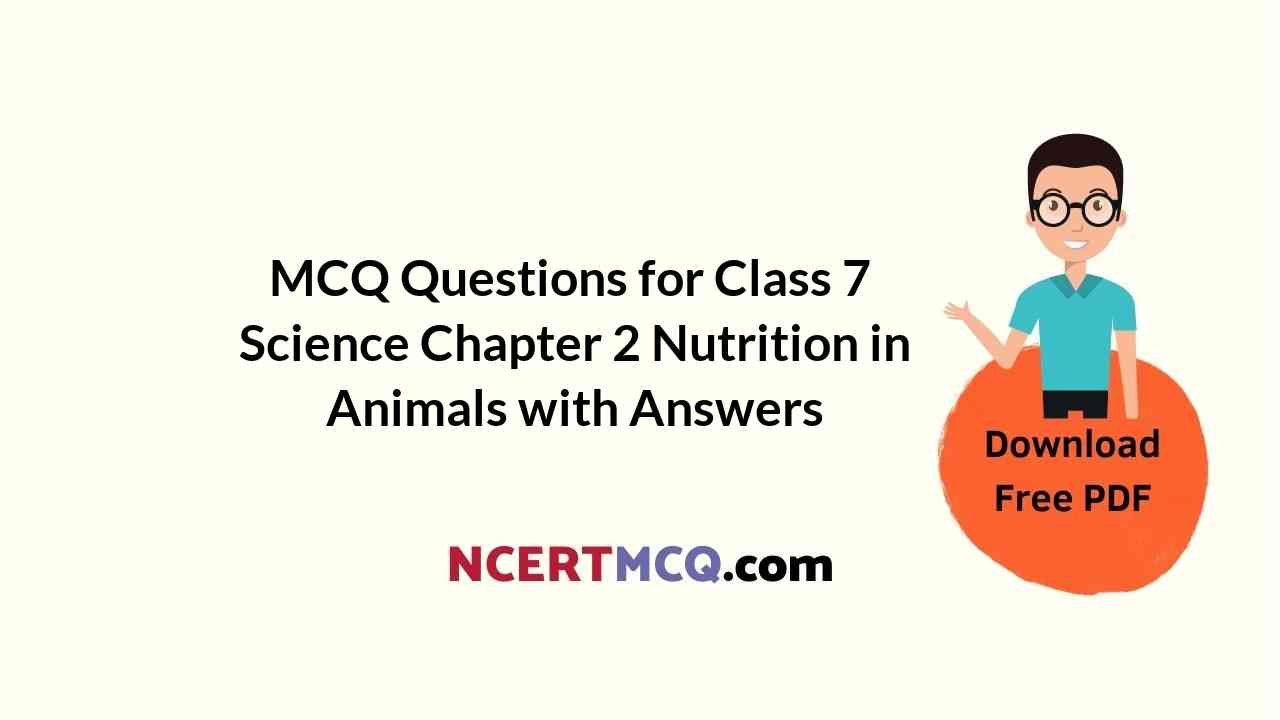Check the below Online Education NCERT MCQ Questions for Class 7 Science Chapter 17 Forests: Our Lifeline with Answers Pdf free download. MCQ Questions for Class 7 Science with Answers were prepared based on the latest exam pattern. We have Provided Forests: Our Lifeline Class 7 Science MCQs Questions with Answers to help students understand the concept very well. https://ncertmcq.com/mcq-questions-for-class-7-science-with-answers/
You can refer to NCERT Solutions for Class 7 Science Chapter 17 Forests: Our Lifeline to revise the concepts in the syllabus effectively and improve your chances of securing high marks in your board exams.
Class 7 Science Chapter 17 MCQ With Answers
Science Class 7 Chapter 17 MCQs On Forests: Our Lifeline
Choose the correct answer:
Class 7 Science Chapter 17 MCQ Question 1.
Which one of the following is not a wild animal?
(a) Bear
(b) Bison
(c) Jackal
(d) Goat
Answer
Answer: (d) Goat
Forest Our Lifeline Class 7 MCQ Chapter 17 Question 2.
Which one of the following is an animal product?
(a) Gum
(b) Catechu
(c) Honey
(d) Rubber
Answer
Answer: (c) Honey
Forests Our Lifeline Class 7 MCQ Chapter 17 Question 3.
Roof of the forest made by the branches of the tall trees is called
(a) canopy
(b) crown
(c) understoreys
(d) none of these
Answer
Answer: (a) canopy
Forest Our Lifeline Class 7 MCQs Chapter 17 Question 4.
Understoreys are formed due to
(a) different types of crowns
(b) different sizes of crown
(c) different heights of trees
(d) all of these
Answer
Answer: (d) all of these
MCQ Questions For Class 7 Science Chapter 17 Question 5.
Decomposers convert the dead plant and animal tissues into
(a) clay
(b) humus
(c) inorganic debris
(d) soil
Answer
Answer: (b) humus
Forest Our Lifeline Class 7 Quiz Chapter 17 Question 6.
Arrange the following components of a food chain in proper sequence – grass, frog, eagle, insects, snake.
(a) Grass → insects → frog → snake → eagle.
(b) Grass → snake → insects → frog → eagle.
(c) Grass → snake → eagle → insects → frog.
(d) All are possible
Answer
Answer: (a) Grass → insects → frog → snake → eagle.
MCQ Of Forest Our Lifeline Class 7 Chapter 17 Question 7.
Sequence that represents the series of eating and being eaten is called
(a) food series
(b) food chain
(c) food web
(d) food hub
Answer
Answer: (b) food chain
Forests: Our Lifeline Class 7 MCQ Chapter 17 Question 8.
Which one of the following is a role of forests?
(a) Provide food, shelter, water and medicines
(b) Prevent soil erosion
(c) Prevent flood
(d) All the above
Answer
Answer: (d) All the above
Class 7 Forest Our Lifeline MCQ Chapter 17 Question 9.
Which among the following forest animals is the smallest?
(a) Fox
(b) Boar
(c) Bison
(d) Porcupine
Answer
Answer: (d) Porcupine
Ncert Class 7 Science Chapter 17 MCQ Question 10.
Which of the following is not the name of a tree?
(a) Teak
(b) Sal
(c) Porcupine
(d) Kachnar
Answer
Answer: (c) Porcupine
Match the following:
| Column A | Column B |
| (i) Micro-organisms act upon the dead plant to produce | (a) vulture |
| (ii) Scavenger | (b) canopy |
| (iii) Help in maintaining the supply of nutrients to growing plants | (c) food web |
| (iv) Roof of the forest made by the branches of tall trees | (d) forest protect |
| (v) Number of food chain | (e) autotrophs |
| (vi) Soil erosion | (f) purifier of air and water |
| (vii) Green plants | (g) saprotrophs |
| (viii) A forest acts as | (h) humus |
Answer
Answer:
| Column A | Column B |
| (i) Micro-organisms act upon the dead plant to produce | (h) humus |
| (ii) Scavenger | (a) vulture |
| (iii) Help in maintaining the supply of nutrients to growing plants | (g) saprotrophs |
| (iv) Roof of the forest made by the branches of tall trees | (b) canopy |
| (v) Number of food chain | (c) food web |
| (vi) Soil erosion | (d) forest protect |
| (vii) Green plants | (e) autotrophs |
| (viii) A forest acts as | (f) purifier of air and water |
Fill in the blanks:
1. In a forest, trees form the uppermost layer, followed by ………………. The ………………. form the lowest layer of vegetation.
Answer
Answer: shrubs, herbs
2. Different layers of vegetation provide ………………. and ………………. for animals.
Answer
Answer: food, shelter
3. The forest keeps on ………………. and ………………. and can ……………….
Answer
Answer: growing, changing, regenerate
4. Forests protect the ………………. from erosion.
Answer
Answer: soil
5. ………………. helps forests to grow and regenerate.
Answer
Answer: Soil
6. Branchy part of a tree above the stem is known as the ………………. of the tree.
Answer
Answer: crown
7. Plants release ………………. through the process of photosynthesis.
Answer
Answer: oxygen
8. Microorganisms convert dead animal and plant tissues into a dark-coloured substance called ………………. .
Answer
Answer: humus
Choose the true and false statements from the following:
1. We get various useful products from the forests surrounding us.
Answer
Answer: True
2. Forest is a system comprising various plants, animals and microorganisms.
Answer
Answer: True
3. Forests must be cleared to make the human life safe and comfortable.
Answer
Answer: False
4. Different layers of vegetation provide food and shelter for animals, birds and insects.
Answer
Answer: True
5. Plants release carbon dioxide in the process of photosynthesis.
Answer
Answer: False
6. The various components of the forest are interdependent on one another.
Answer
Answer: True
7. In the forest there is interaction between soil, water, air, and living organisms.
Answer
Answer: True
8. Forests are the lifeline for the forest-dwelling communities.
Answer
Answer: True
9. Forests are the result of hard working of ancient people who have planted most of the forests.
Answer
Answer: False
10. Forests influence climate, water cycle and air quality.
Answer
Answer: True
We hope the given NCERT MCQ Questions for Class 7 Science Chapter 17 Forests: Our Lifeline with Answers Pdf free download will help you. If you have any queries regarding Forests: Our Lifeline CBSE Class 7 Science MCQs Multiple Choice Questions with Answers, drop a comment below and we will get back to you soon.
Class 7 Science MCQ:
- Nutrition in Plants Class 7 MCQ
- Nutrition in Animals Class 7 MCQ
- Fibre to Fabric Class 7 MCQ
- Heat Class 7 MCQ
- Acids, Bases and Salts Class 7 MCQ
- Physical and Chemical Changes Class 7 MCQ
- Weather, Climate and Adaptations of Animals to Climate Class 7 MCQ
- Winds, Storms and Cyclones Class 7 MCQ
- Soil Class 7 MCQ
- Respiration in Organisms Class 7 MCQ
- Transportation in Animals and Plants Class 7 MCQ
- Reproduction in Plants Class 7 MCQ
- Motion and Time Class 7 MCQ
- Electric Current and Its Effects Class 7 MCQ
- Light Class 7 MCQ
- Water: A Precious Resource Class 7 MCQ
- Forests: Our Lifeline Class 7 MCQ
- Wastewater Story Class 7 MCQ
